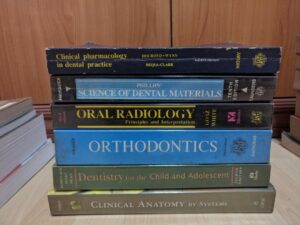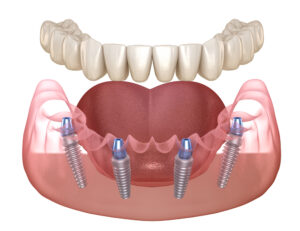
In recent years, the realm of orthodontics has witnessed a significant shift in demographics. Once primarily associated with adolescents sporting braces as a rite of passage, orthodontics for adults is on the increase. Beyond mere aesthetics, adults are seeking orthodontic treatments for various reasons, ranging from health concerns to career aspirations. However, a prevailing question lingers: Can you be successful and have bad teeth? Let’s delve into the complexities of adult orthodontics and its implications on success.
Firstly, it’s crucial to dispel the notion that success is solely contingent upon one’s dental appearance. While a bright smile undoubtedly enhances confidence and social interactions, equating dental imperfections with failure is a fallacy. Success encompasses a myriad of factors, including professional achievements, personal fulfillment, and emotional well-being. Therefore, asserting that individuals with less-than-perfect teeth cannot attain success is both inaccurate and unfair.
Nonetheless, the correlation between dental aesthetics and success should not be overlooked. Research has indicated that individuals with attractive smiles are often perceived as more competent, trustworthy, and successful in various social and professional contexts. In a competitive job market or entrepreneurial landscape, a captivating smile can serve as a powerful asset, facilitating networking opportunities and leaving a memorable impression.
Moreover, the psychological impact of dental imperfections cannot be underestimated. Many adults with misaligned teeth or bite issues experience self-consciousness and insecurity, which may impede their willingness to pursue career advancement or engage in social interactions. By addressing these concerns through orthodontic treatment, individuals can experience a profound improvement in self-esteem and overall quality of life.
Fortunately, advancements in orthodontic technology have revolutionized treatment options for adults. Traditional metal braces, once synonymous with adolescence, have been supplemented by discreet alternatives such as ceramic braces and clear aligners. These discreet options appeal to adults seeking orthodontic treatment without compromising their professional image or confidence. As a result, the stigma associated with adult braces has diminished, paving the way for more individuals to pursue orthodontic correction later in life.
Beyond aesthetics, adult orthodontics offers tangible health benefits. Misaligned teeth and malocclusions can contribute to various oral health issues, including tooth decay, gum disease, and temporomandibular joint (TMJ) disorders. By realigning the teeth and jaws, orthodontic treatment not only enhances aesthetics but also promotes optimal oral health and function. In this regard, investing in orthodontic treatment as an adult is not only an aesthetic choice but also a proactive step towards preserving dental health and longevity.
Moreover, the decision to undergo orthodontic treatment as an adult signifies a commitment to self-care and personal improvement. In a society that values self-improvement and continuous growth, taking proactive steps to enhance one’s smile demonstrates resilience, self-awareness, and a willingness to invest in oneself. These attributes are inherently aligned with traits commonly associated with success, further challenging the notion that dental imperfections are incompatible with achievement.
Importantly, success is multifaceted and subjective, encompassing various aspects of life beyond physical appearance. While a radiant smile may enhance one’s confidence and social appeal, true success emanates from personal fulfillment, meaningful relationships, and contributions to society. Therefore, it’s essential to cultivate a holistic understanding of success that transcends superficial judgments based on external appearance.
Adult orthodontics represents a convergence of aesthetics, health, and personal development. The increasing prevalence of orthodontic treatment among adults reflects a growing recognition of the role dental aesthetics play in confidence, social interactions, and overall well-being. While a captivating smile may open doors and facilitate success in certain contexts, true fulfillment stems from inner growth, resilience, and authenticity. Ultimately, success is not defined by the perfection of one’s smile but by the depth of character, resilience, and contributions to the world.







